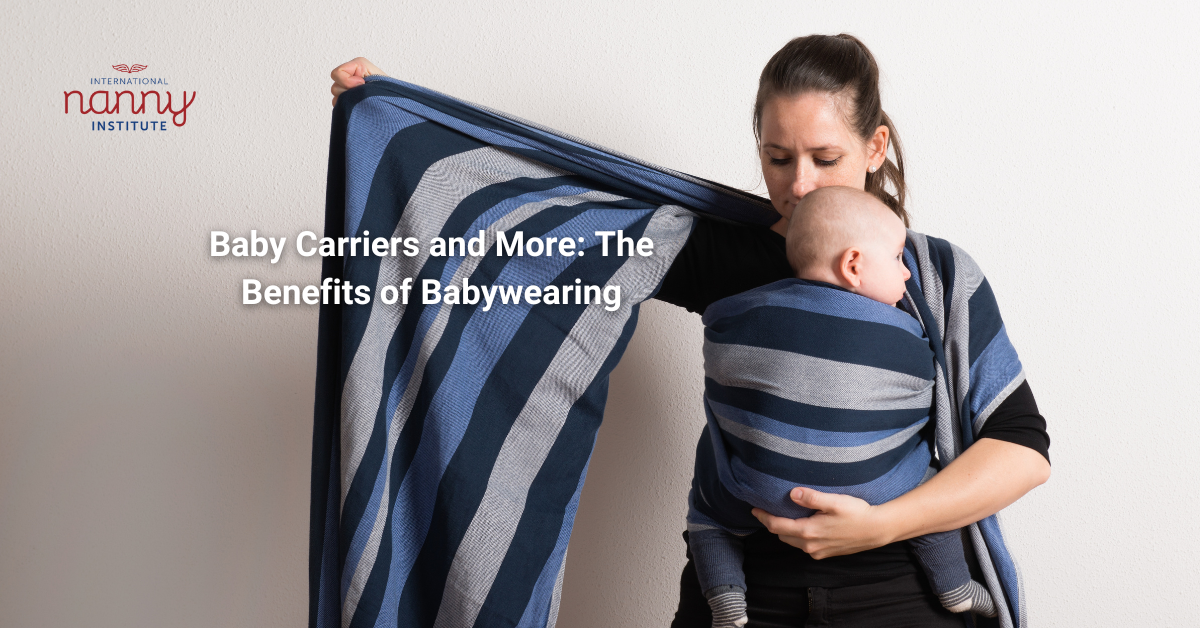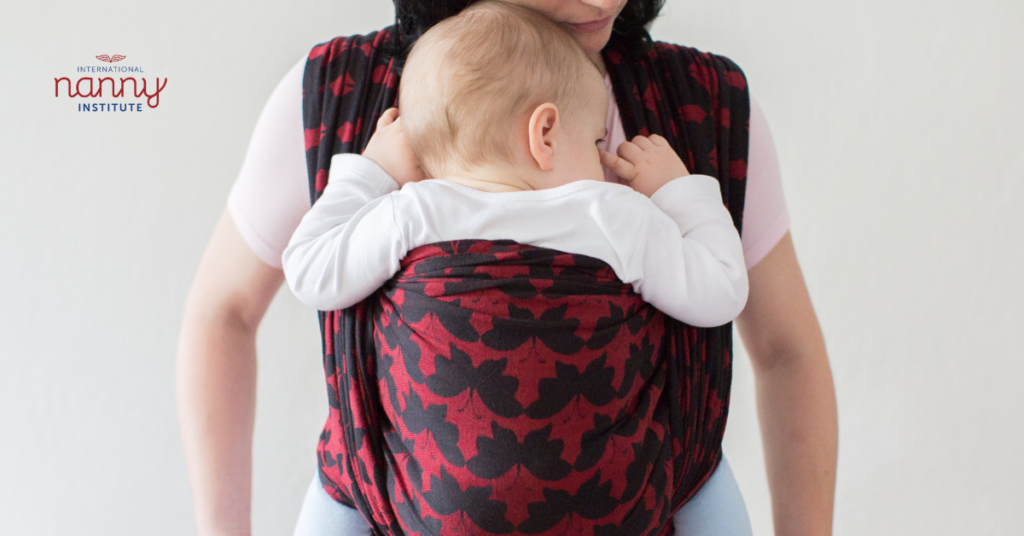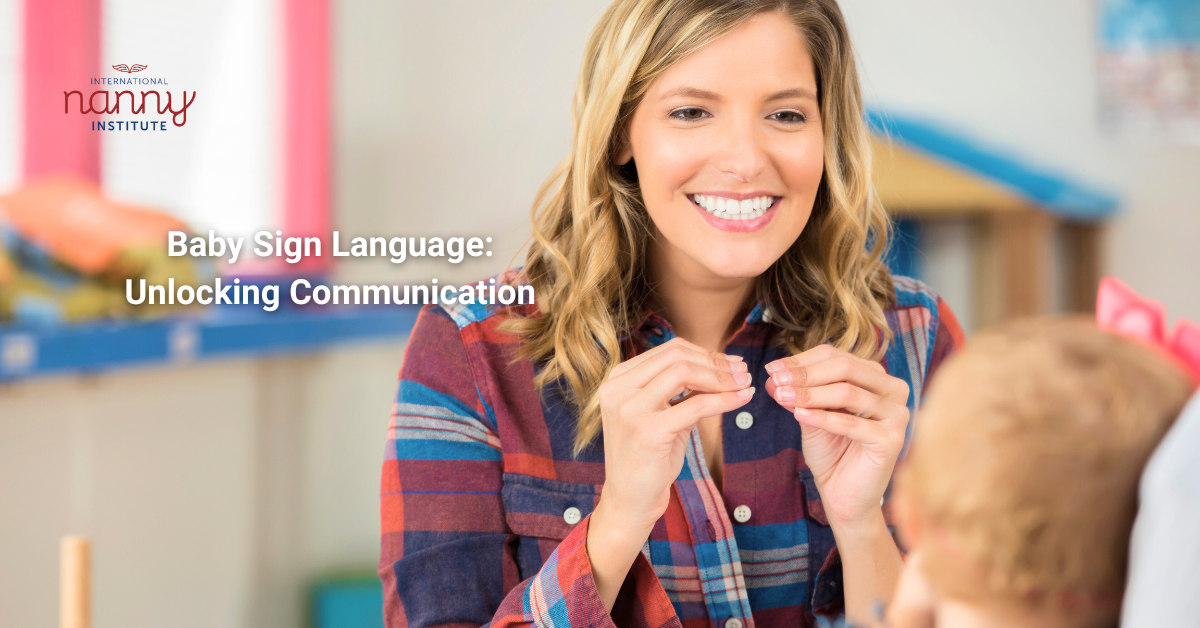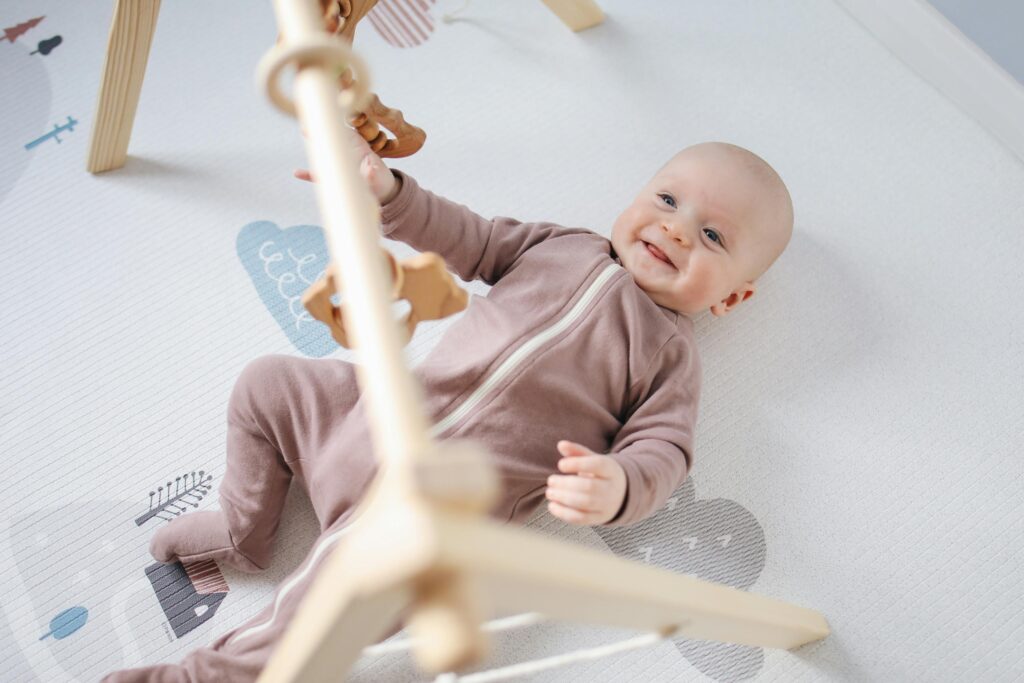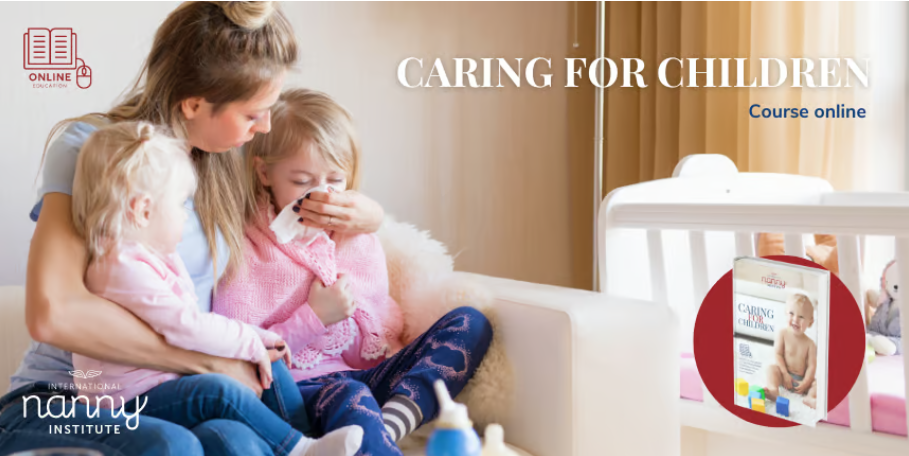As a dedicated nanny or maternity nurse, you understand the importance of creating a stimulating and nurturing environment for the babies in your care. One simple yet incredibly beneficial way to enhance their well-being is by taking them out for daily walks in the fresh air. In fact, there are numerous advantages of outdoor walks for the little ones in your care which include (but aren’t limited to!):

Physical Development
Daily walks offer a wealth of physical benefits for infants. As they experience the gentle movements and vibrations of the stroller or carrier, their muscles are stimulated, contributing to their overall physical development. The fresh air and change in scenery can also serve as a catalyst for sensory exploration, encouraging babies to observe their surroundings, track objects, and engage their senses.
Cognitive Stimulation
The outdoor environment provides a rich tapestry of sights, sounds, and textures that engage a baby’s developing brain. Daily walks expose infants to new stimuli, such as chirping birds, rustling leaves, and passing cars, stimulating their curiosity and fostering cognitive development. Encourage their natural inclination to observe and explore by pointing out interesting objects and describing the world around them.
Emotional Well-being
Fresh air and natural surroundings have a remarkable ability to uplift moods and promote emotional well-being, not only for adults but also for infants. Daily walks can have a calming effect on babies, soothing them and helping to regulate their emotions. The change of scenery and exposure to nature’s beauty can create a serene and peaceful environment that promotes relaxation and contentment.

Vitamin D and Sunlight
Sunlight is an excellent source of vitamin D, crucial for the healthy development of bones and overall well-being. Taking babies outside for walks allows them to soak up some natural sunlight, aiding in the absorption of vitamin D. However, it’s important to be mindful of sun exposure and protect their delicate skin with appropriate clothing and sunscreen.
Social Interaction
Daily walks provide valuable opportunities for social interaction and engagement with the outside world. Encounters with neighbours, other caregivers, and friendly strangers can introduce babies to new faces, voices, and social dynamics. As a nanny, you can facilitate these interactions by initiating conversations, encouraging greetings, and creating a sense of community during your walks.
When it comes to embarking on daily walks with the infants in your care, here are some practical tips to ensure a smooth and enjoyable experience.
Choose the Right Time
Plan your walks during the most comfortable and suitable times of the day, considering factors such as weather, temperature, and the baby’s sleep and feeding schedule.

Dress Appropriately
Ensure the baby is dressed in weather-appropriate clothing, keeping them comfortable and protected from the elements. Layering is often a good approach, so you can adjust their clothing as needed.
Safety First
Always prioritise safety during walks. Securely fasten the baby in a stroller or carrier, ensuring proper support and comfort. Be mindful of traffic, road crossings, and uneven surfaces to ensure a safe and smooth journey.
Explore Nature
Opt for routes that allow you to immerse the baby in nature’s wonders. Parks, gardens, and tree-lined streets can provide beautiful and calming environments for your walks.

Engage the Senses
Encourage the baby’s sensory development by pointing out interesting sights, sounds, and textures during your walks. Describe what you see and hear, allowing them to make connections and expand their understanding of the world.
Daily walks with infants provide a multitude of benefits for their physical, cognitive, and emotional development. As a nanny or aspiring maternity nurse, you understand the importance of providing the best possible care for these precious little ones. However, to truly excel in this specialised field and unlock your full potential, you need comprehensive knowledge and practical skills. This is where enrolling in Maternity Nursing: The First Year becomes essential.
By enrolling in this course, you will gain a deep understanding of the critical aspects of maternity nursing, including bonding, attachment, and nurturing care. You will learn from experienced instructors who have a wealth of knowledge in the field, allowing you to benefit from their expertise and real-life experiences. The course will equip you with practical strategies and techniques to build deep bonds and foster secure attachments with the infants in your care, ensuring their emotional well-being and development.

Moreover, Maternity Nursing: The First Year is not just a short-term investment. It is a crucial step in developing your career as a professional nanny or maternity nurse. With this specialised knowledge and skill set, you will open doors to a wide range of opportunities in the field of maternity care. Employers will value your expertise and recognise the impact you can make on the lives of infants and their families. By completing the course, you will also earn a recognised certification that demonstrates your commitment to excellence and your dedication to providing the highest standard of care. This certification will boost your resume and make you a sought-after professional in the field.
Furthermore, enrolling in Maternity Nursing: The First Year course is not just about gaining knowledge and skills; it is about making a difference in the lives of infants and their families. By deepening your understanding of bonding, attachment, and nurturing care, you will have the power to shape the early experiences of these little ones, promoting their healthy development and laying the foundation for a lifetime of well-being.








